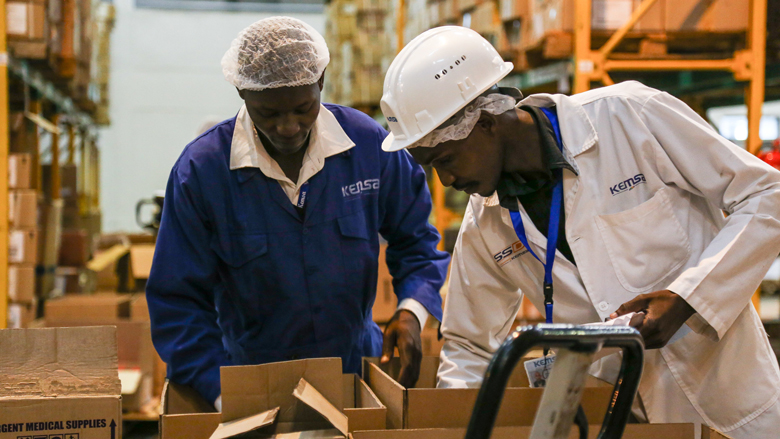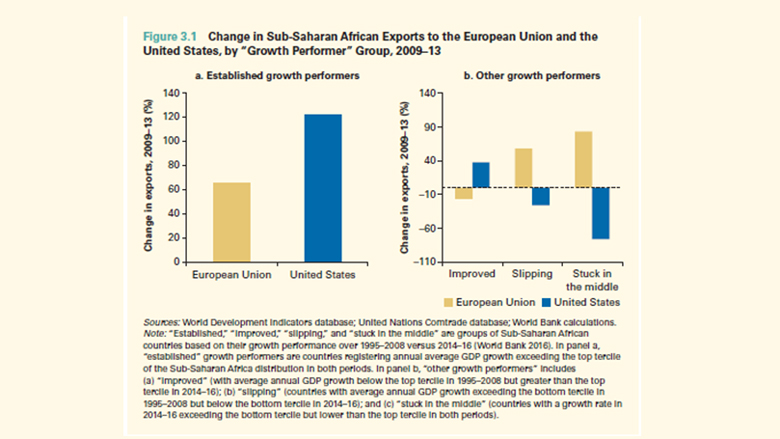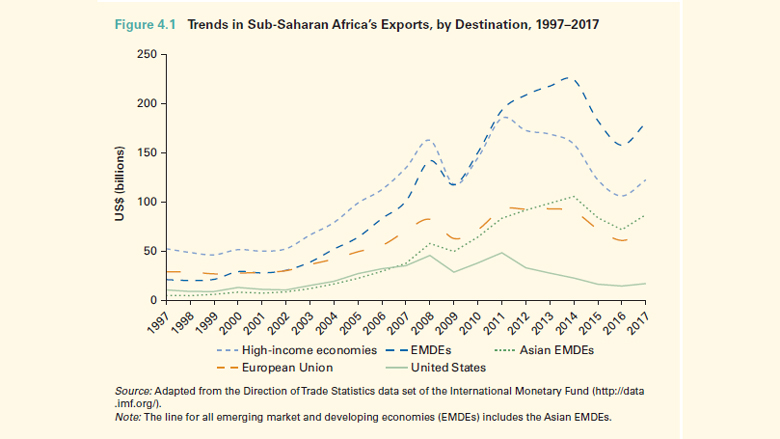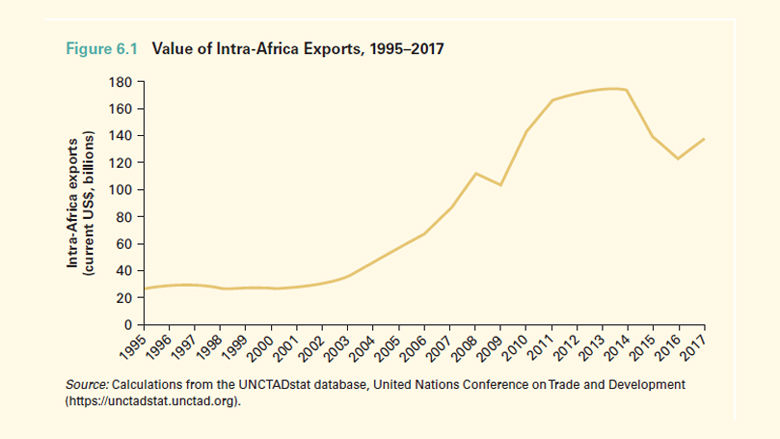ACCRA, Ghana, February 10, 2022—Ask any world-class racing driver what they need in a car to be successful on the track, and they will probably agree on three ingredients: good aerodynamics, a great set of tires, and an efficient and powerful engine.
Sub-Saharan Africa (SSA) is like the driver and the global trade environment is the track the continent needs to navigate to reach the goal of reducing poverty and improving living standards for the region’s 1.2 billion inhabitants, of whom over 50% are youth. To achieve these goals, Africa must grapple with ever-evolving curveballs, such as the increased fragmentation of production across borders around the globe; the proliferation of regional trade agreements; the relative rise of east and south Asia as new economic frontiers; the digital revolution and the subsequent rise of labor-saving technologies; and, most recently, the COVID-19 global pandemic.
A new book from the World Bank, Africa in the New Trade Environment: Market Access in Troubled Times, analyzes the trade track ahead of Africa and recommends the kind of aerodynamics, tires, and engine that the region needs to succeed. The book offers a three-pronged policy approach to bolster Africa’s market access in the current global trade environment: evaluate and re-engineer trade with traditional partners, the United States (US) and the European Union (EU); strategically diversify trade with Asia; and look inward to deepen regional trade integration.




